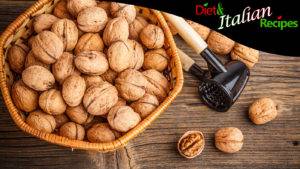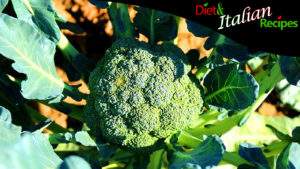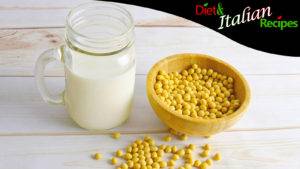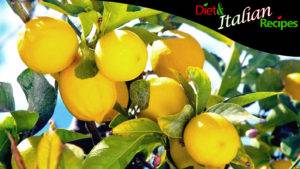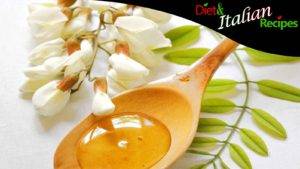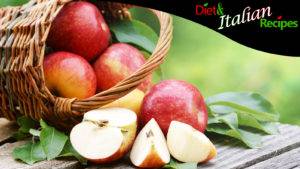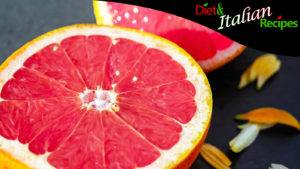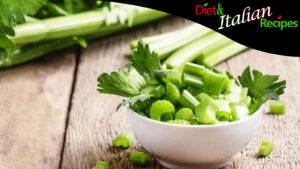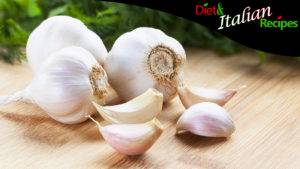Pear is a sweet fruit with the classic pear shape, and its laxative quality is due to the presence of fibers. The benefits of pear are due to what they contain: vitamins, minerals, and antioxidant substances that make us feel better with every bite. Here’s how many pears you can eat per day to get all the benefits, how much a pear weighs, and what the properties, varieties, and nutritional values of this sweet fruit are, so loved and appreciated in Italy and around the world.
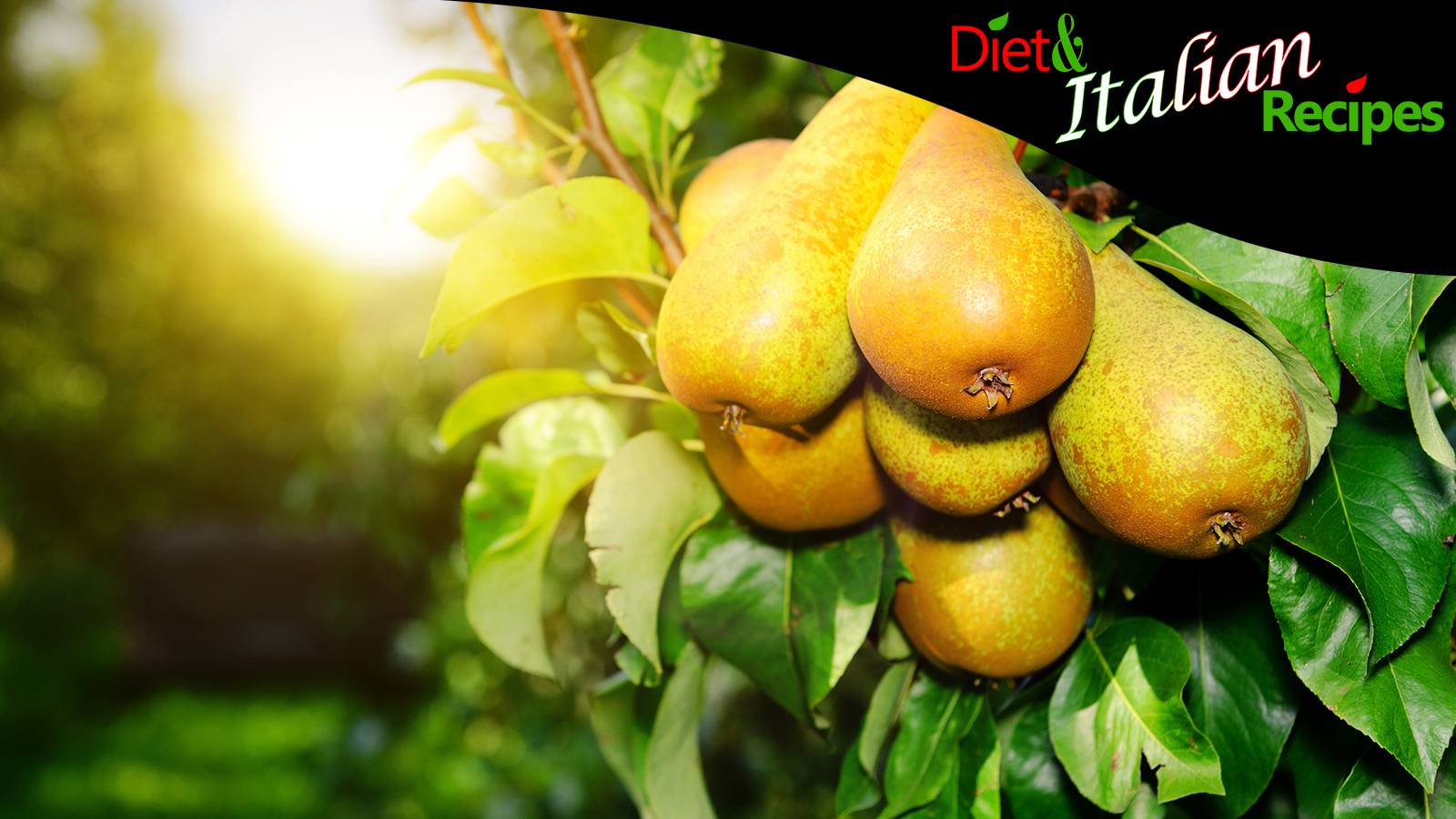
Benefits of Pear, Calories and weight of a pear
Benefits of Pear – Pears provide 56 calories per 100 grams. To know exactly how many kcal a pear has, we need to consider that a pear weighs 150 grams, so eating one pear provides 84 calories.
Pear is a low-calorie fruit and does not make you gain weight, as someone who has something against sweet fruit and then dives into chocolate ice cream might insinuate. Remember that it’s the quantity that affects your diet. One or two pears a day do not make you gain weight. They are good, tasty, juicy, and also carry many health benefits.
Pears help with weight loss if included in a balanced and low-calorie diet. Among all the most common fresh fruits, pear is the fruit richest in fiber, containing 3.8 g, while, for example, apple contains 2 grams.
Benefits of Pear, Nutritional values: What does a pear contain?
Benefits of Pear – What does a pear contain? Pears are rich in minerals and vitamins. Specifically, here are the nutritional values of this fruit. Let’s see what 100 grams of pears contain:
- Water 87.4 g
- Carbohydrates 8.8 g
- of which soluble sugars 8.8 g
- Proteins 0.3 g
- Fat (lipids) 0.1 g
- Cholesterol 0 g
- Total fiber 3.8 g
- soluble fiber 1.3 g
- insoluble fiber 2.6 g
- Sodium 2 mg
- Potassium 127 mg
- Iron 0.3 mg
- Calcium 11 mg
- Phosphorus 15 mg
- Magnesium 7 mg
- Zinc 0.05 mg
- Copper 0.05 mg
- Vitamin B1 (Thiamine) 0.01 mg
- Vitamin B2 (Riboflavin) 0.03 mg
- Vitamin B3 or PP (Niacin) 0.1 mg
- Vitamin C 4 mg
Benefits of Pears
Pears are good for health due to their vitamin and mineral content, particularly high levels of Vitamin C, potassium, calcium, and antioxidant compounds that counteract the action of free radicals. Free radicals, which are responsible for cellular oxidation, are trapped by phenols, of which pears contain between 27 and 41 mg. Therefore, eating pears helps slow down aging and protects the body from degenerative diseases. To maximize their benefits, pears should be eaten with their skin.
Benefits of Pear – Among all fruits, pears are the richest in isorhamnetin (up to 2.6 mg), a polyphenol that can benefit the nervous system. The malic acid contained in pears is also an antioxidant substance that protects the kidneys and prevents the formation of kidney stones.
Pears have anti-inflammatory properties and can also prevent the development of tumors, diabetes, and reduce the risk of cardiovascular disease. Pears have a strong laxative effect that can be helpful for constipation. However, if you suffer from the opposite problem (dysentery, diarrhea) or have colitis or irritable bowel syndrome, it is best to avoid them altogether to avoid aggravating intestinal problems.
Types of Pears
Benefits of Pear – Pears are the fruit of a tree belonging to the Pyrus genus, which includes many species of plants. Pears are typically harvested from mid-July to late September and are therefore classified as autumn fruit. The most common types of pears are Keiser, Williams, Abate, Spadone, and Coscia, but the Decana, Conference, Santa Maria, and Guyot varieties are also noteworthy. Here are the main characteristics of each type of pear, briefly.
Kaiser pears
Kaiser pears are a pear-shaped fruit characterized by a brown skin with rust-colored spots and a strong aroma. They are harvested in summer and can be stored until April. The flesh is slightly tart, juicy, and white while also being firm and crunchy. Kaiser pears are delicious when eaten fresh, but they are also one of the best varieties for making pear recipes or cooked pears.
Conference pears
Conference pears are typical of places with humid and temperate climates. The color of these fruits is a light green, and after harvest, the skin turns a rusty, yellow-green, or bronze color when fully ripe. The skin is rough and resistant, while the flesh becomes increasingly yellow and sweet as the fruit matures. They are suitable for making pear desserts and as a snack.
Decana pears
Decana pears are a large, slightly elongated, round fruit that can be found from November to April. It is a very fragrant, tasty, and sweet variety of pear, even though the flesh is compact and robust. The skin is yellow-green, and Decana pears are used to make jams, jellies, and fruit juices.
Abate pears
Abate pears, or Abate Fetel, have a distinctive elongated shape, and the skin can vary from green to yellow depending on the fruit’s ripeness. The juiciest variety of pears remains Abate Fetel, which can also weigh up to 300 grams. The flesh is grainy, white, and juicy, and the citrus flavor is accentuated, making these pears most suitable for accompanying cheese at the table or as a whole ingredient in cakes and pies.
Williams pears
Williams pears are the most common in our markets and are harvested in summer, in August, and can be stored until September. The skin is yellow and green, while the flesh is very white and sweet. The shape is round like a carboy, and Williams pears that are more exposed to the sun partially take on a pinkish-red color.
Coscia pears
Coscia pears are very small, characterized by their elongated shape and very light green skin. The flesh is white, sweet, grainy, and fragrant. The pears have an intense flavor and can be consumed fresh, cooked, or paired with cheese and cold cuts.
Santa Maria pears
Santa Maria pears are harvested from July to October, and are a cross between Williams and Coscia pears. The skin is yellow with dark green spots, and the shape is elongated and round. The flesh is white, juicy, and crispy. Santa Maria pears are best eaten fresh in fruit salads or preferred for baking.
Guyot pears
Guyot pears are early, very soft and sweet, and are consumed between July and August. They are of medium size, with porous flesh that tends towards yellow and is soft, with yellow skin and light green lentils. This fruit is preferred for snacking and for making fruit juices, smoothies, and shakes.
SHARE Benefits of Pear, Calories, Nutritional Values, and Types of Pears.
The information provided in the Diet and Italian Recipes articles is for INFORMATION ONLY and does not intend to replace the opinion of professional figures such as a doctor, nutritionist, or dietitian, whose intervention is necessary for the prescription and composition of personalized dietary therapies.
